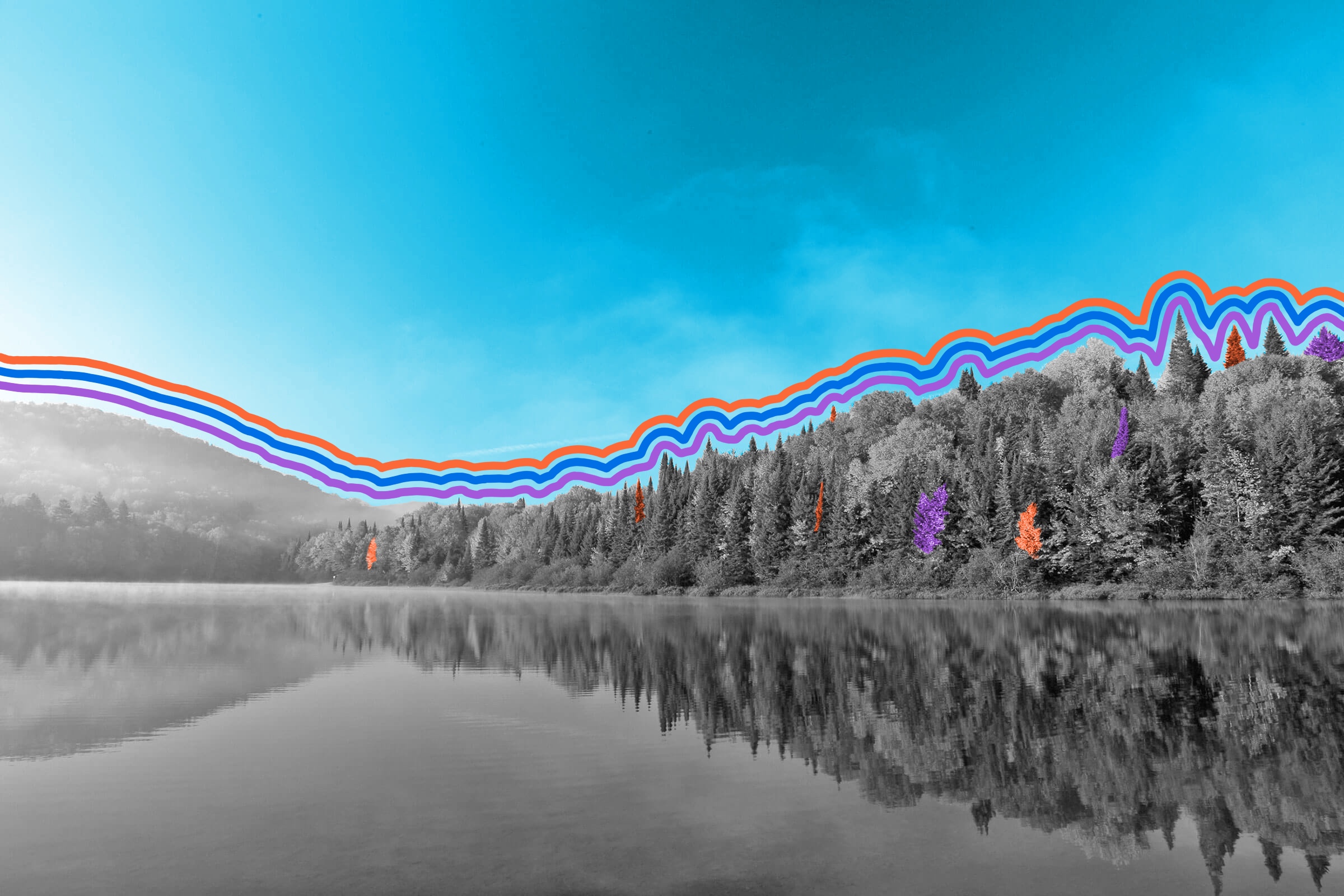| Although the sky is blue throughout the year, it's often a richer blue in the fall and winter, especially at latitudes farther from the equator. Why? Well, the answer has to do with both electromagnetism and the biology of the human eye. As a refresher: All visible colors are tied to some wavelength along the electromagnetic spectrum. When sunlight enters Earth's atmosphere, gas and dust particles reflect the shorter wavelengths of visible light (such as blue) more than longer wavelengths (such as red). That — and the sensitivity of the human eye to the color blue — is why the sky appears as a cool sapphire. However, as the seasons progress, one part of this equation changes: the sun's position. As the sun gets lower and lower in the sky during its annual journey back toward the equator (and eventually the Tropic of Capricorn), the angle of the sun's light hitting the atmosphere causes even more blue light to scatter, while red and green light decrease. That causes the sky to turn an even richer blue. These blue skies are especially easy to see in much of North America as cooler temperatures mean less moisture (and therefore fewer clouds), giving you an uninterrupted view of that deep azure atmosphere. | 





No comments:
Post a Comment